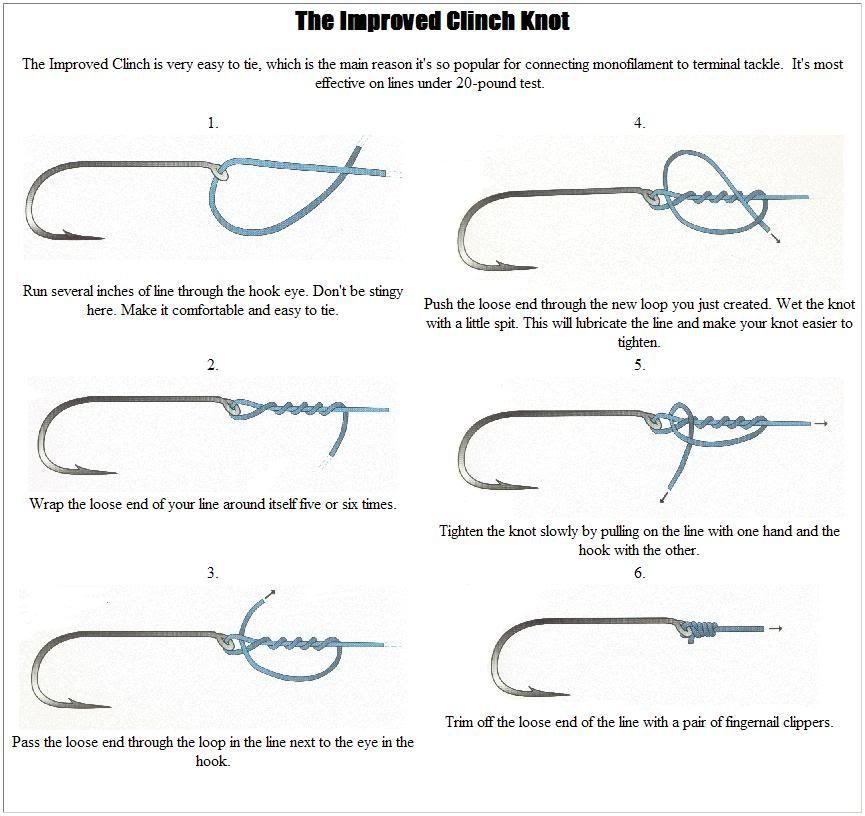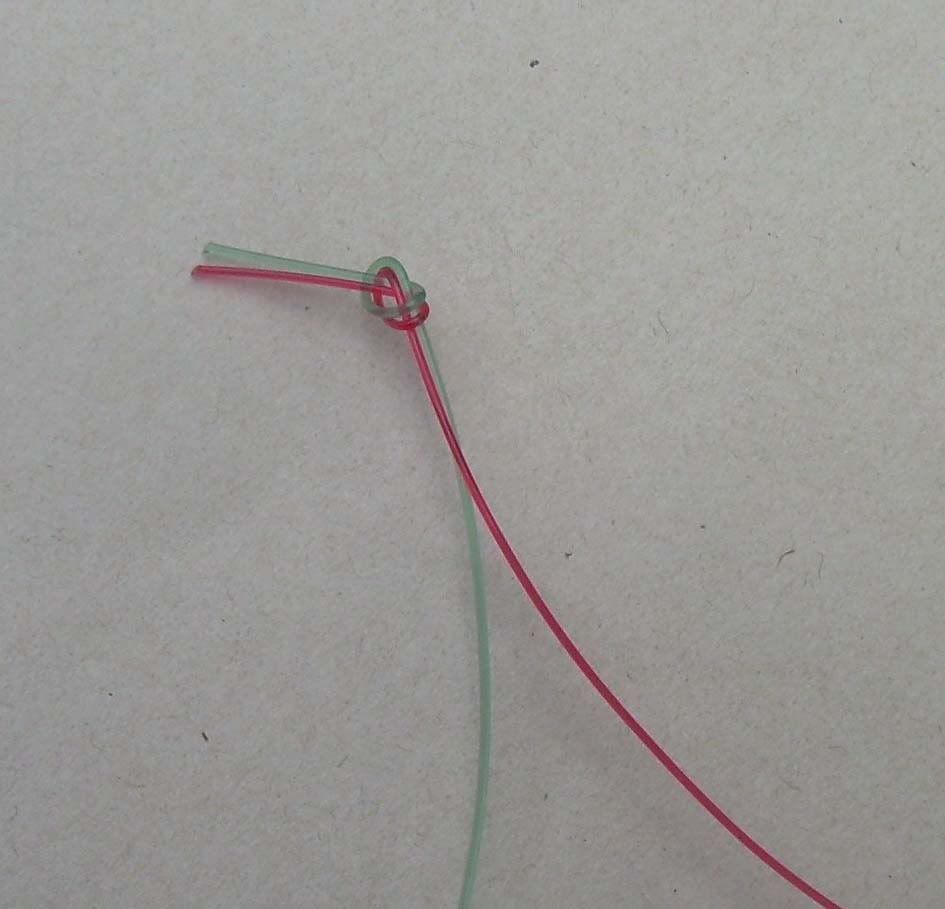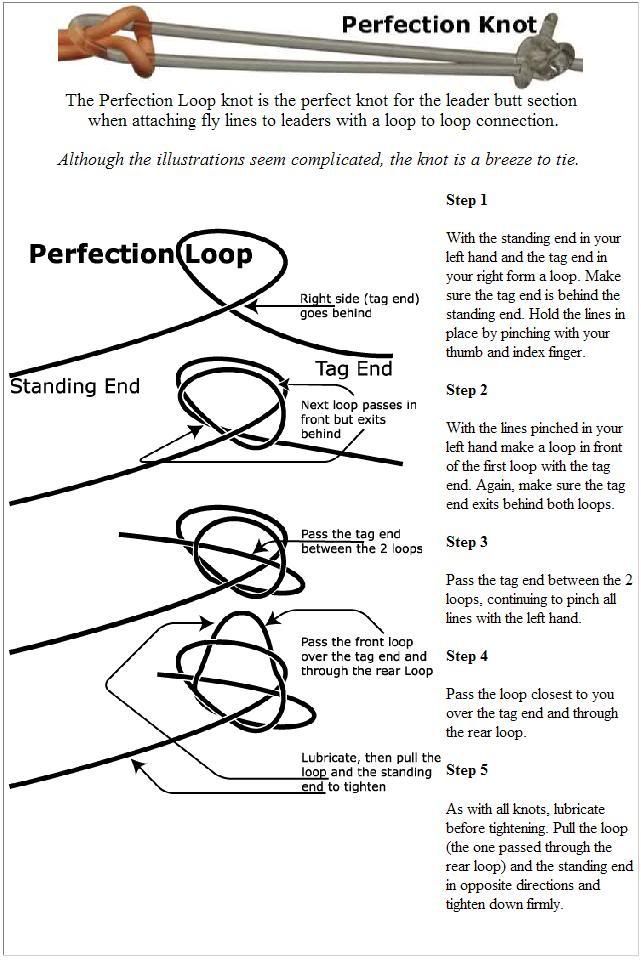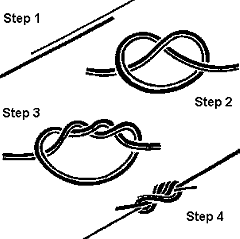If you only know one method of attachment for example, what do you do when you switch from worm fishing with gang hooks for trout to fishing a crank bait for bass? In this scenario if you only know one fishing knot you are more than likely using a knot that it much less strong than it should be in one fishing situation or the other. There simply isn't one "magic knot" that will work in all fishing situations, although many anglers tend to think this is the case.
Tying fishing knots is an extremely important skill to have as an angler and knowing at least three different methods of attaching line to tackle is of the utmost importance in my opinion. In reality an angler should know more than three, but three will suffice for most fishing scenarios.
One of the biggest mistakes I see among anglers is the use of the snap swivel. Novice anglers like to tie on a snap swivel onto their fishing line and then snap on whatever fishing lure of piece of terminal tackle they want to use onto the swivel. While this is the "easy" way to go, it is not at the best way to go. The reason people use snap swivels is because they aren't interested in tying fishing knots, which simply makes no sense.
You can learn a few different ways of attaching tackle quite easily and subsequently retire snap swivels forever. If you use a snap swivel to hook a lure onto your fishing line you are effectively ruining the "action" of that lure. If you use a snap swivel in place of a knot with almost any kind of terminal tackle you are making you're offering much more visible underwater and appear completely unnatural to the fish you are attempting to catch. For these reasons, learning how to tie fishing knots is of the utmost importance to anglers.
While having a large number of ways to attach tackle in the old "memory bank" is great and incredibly useful while fishing, just knowing three or four of the most popular fishing knots will more than suffice. Just think about the style of fishing that you enjoy most, get your hands of a fishing knot tying guide of some sort,and pick the three or four fishing knots that make the most sense to you and your personal fishing style. Start practicing and learning these fishing knots and you will be good to go.
Trevor Kugler is co-founder of JRWfishing.com and an avid angler. He has more than 25 years experience fishing for all types of fish, and 15 years of business and internet experience. He currently raises his five year old daughter in the heart of trout fishing country.
Get trout fishing tips twice a month for FREE
Get trout fishing tips twice a month for FREE
Article Source: http://EzineArticles.com/?expert=Trevor_Kugler
See my previous post: Fishing Knots: Important One













